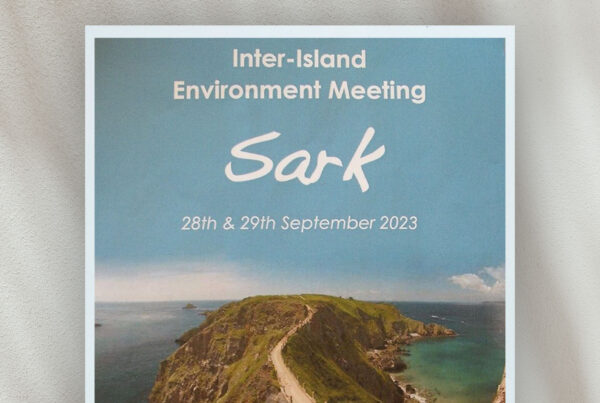
La Société Guernesiaise Transactions of 1912 first described the excavation of the Sandy Hook dolmen in the Vale, which is a funerary and a religious monument. Bodies were cremated, and bone and ashes were placed in pottery vessels, which were then deposited within the stone cists. One such vessel was found associated with the main dolmen in 1912 and a second one was found more recently.
The site has been reexamined because the Guernsey Housing Association has bought a parcel of land to the south of the field in which the dolmen is situated (to the right of the image), and has submitted a planning application to develop the land and to build an access road along the southern edge of the monument (on the right of the image).
The site dates from around 2000 BC, but there is no scientific dating. This date is based on the type of pottery found and comparisons with other similar sites. These ‘cist in circles’ type of monument appear to be local to the Channel Islands. There are a couple of examples in Jersey, and La Platte Mare and Mare es Mauves (both on L’Ancresse) in Guernsey.
The monument was built in different stages as one can see from the form of the circles but it is not known over how long a period.
Geologically the monument is built onto the 8 metre raised beach (last interglacial circa 120,000 years before present).
The site was buried by wind-blown sand probably between 2000 and 1500 years ago and this may have occurred in several stages. During the 19th and early 20th centuries the sand was extracted for building material and the site was discovered.
The dolmen monument belongs to the States. Archaeologists will be doing some work in the GHA field itself as nothing is known from this area, but its proximity to the monument and the fact that it has remained only lightly developed (it did have glass houses on it) means that there may be surviving archaeology which would be destroyed by the development if it went ahead.




